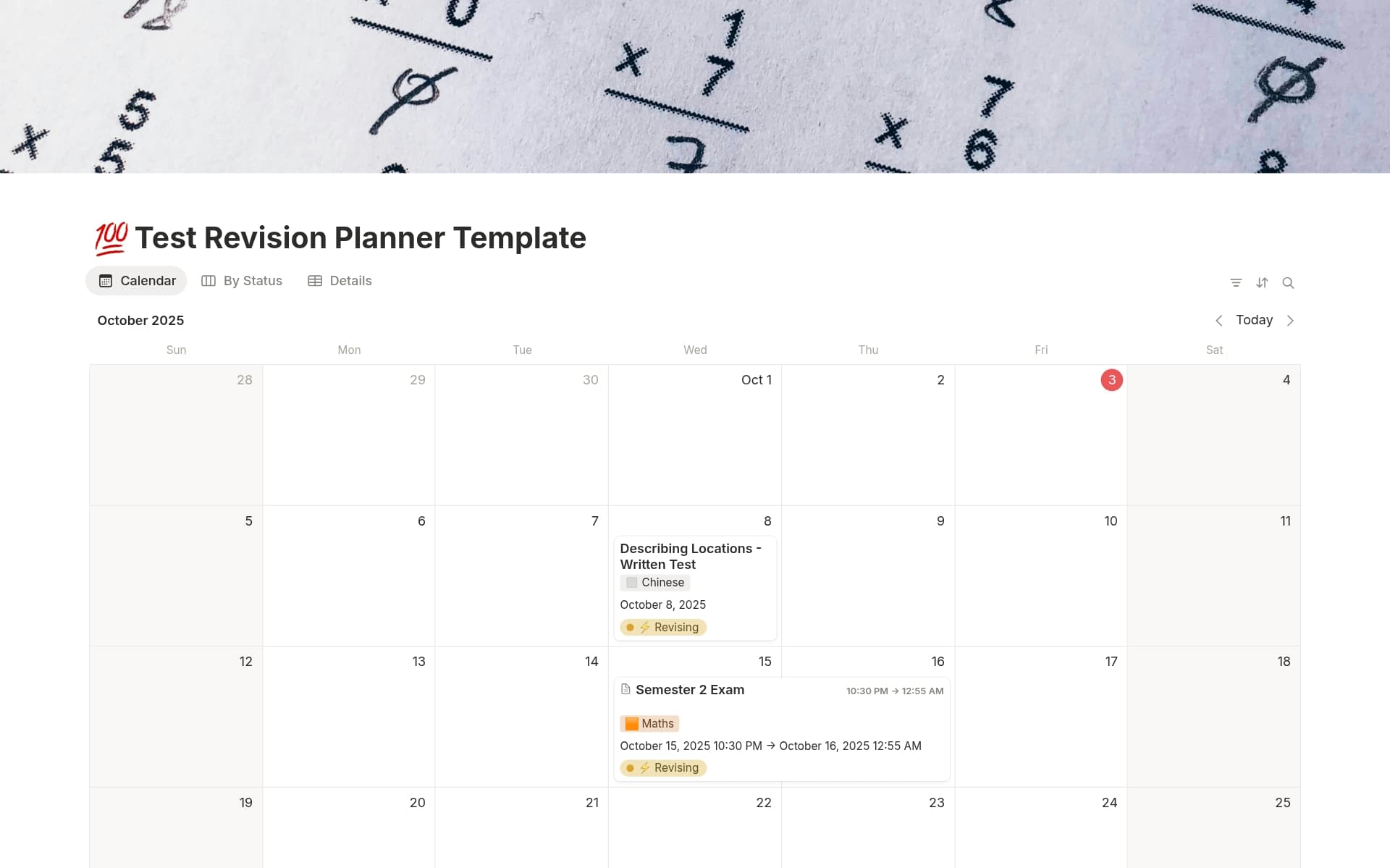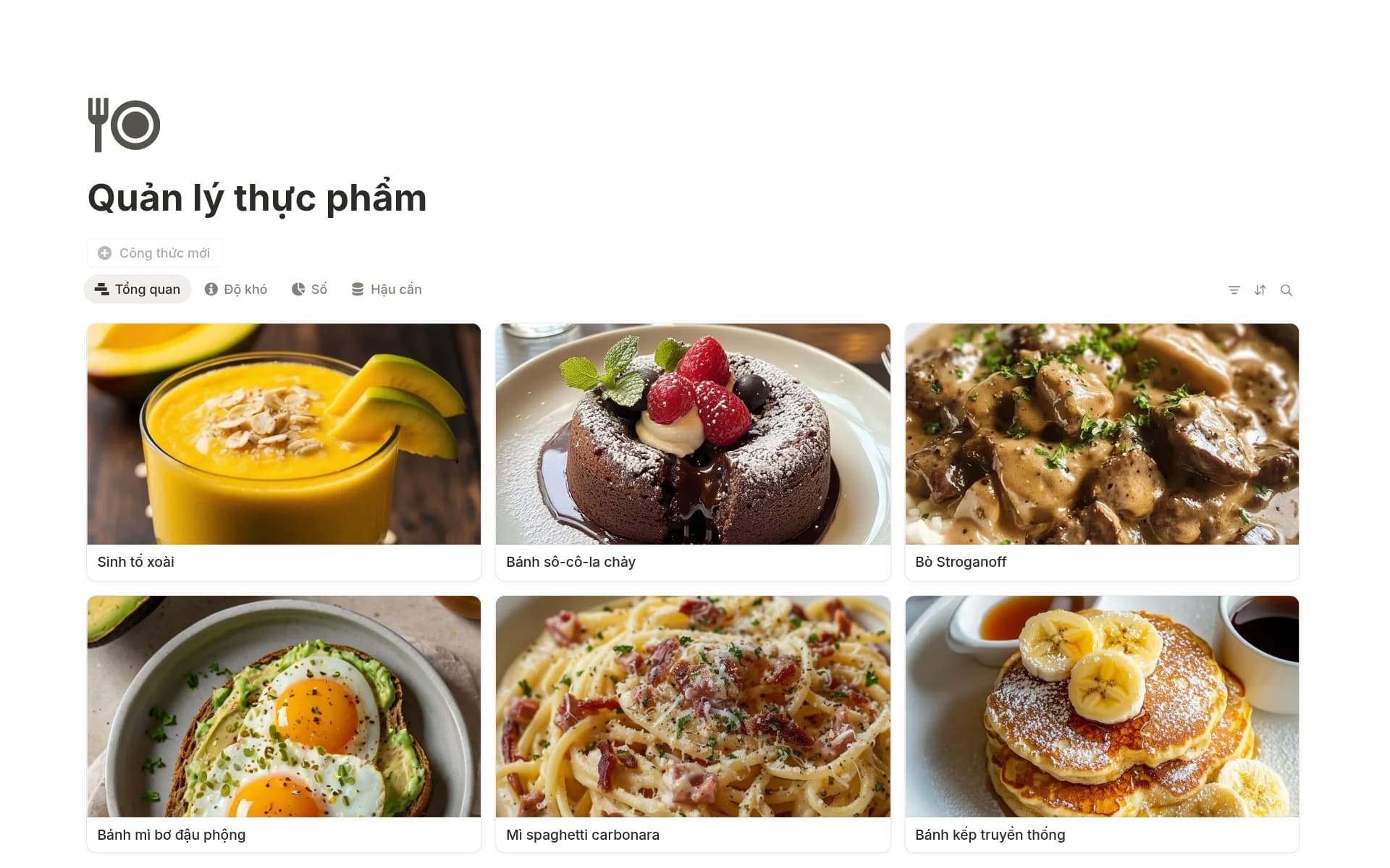Having a Brand Framework is crucial for maintaining a consistent brand identity, which is key to building trust and recognition with your audience. It guides all aspects of communication and marketing, ensuring that every piece of content aligns with your brand's values and goals. A Brand Framework template in Notion can streamline the process of creating and managing your brand's assets, making it easier to maintain consistency across all platforms and materials.
Before you get started in creating your own Brand Framework, check out these Brand Framework Notion templates below to help make it easier.
What Should Brand Framework Templates Include?
Choosing the right Brand Framework Template in Notion can significantly streamline your branding efforts. Here are key components to look for when selecting a template:
Brand Identity Elements: This should include spaces to define your brand’s mission, vision, values, and personality. A comprehensive section ensures all team members align with the core identity.
Visual Guidelines: Look for templates that provide detailed directives for logo usage, color palette, typography, and other visual elements. This consistency is vital for brand recognition.
Content Strategy: A good template will have provisions for developing and managing your content strategy, including tone of voice, key messaging, and target audience engagement tactics.
Competitor Analysis: Ensure there is a component for analyzing competitors. This helps in understanding your unique position within the market and adjusting strategies accordingly.
Selecting a template with these components will provide a robust foundation for your brand's development and management, ensuring all aspects are covered and easily accessible.
What Should Brand Framework Templates Avoid?
When selecting a Brand Framework Template in Notion, it's essential to know what features might hinder rather than help. Here are three key components to steer clear of:
Overly Complex Structures: Templates with too many layers and subcategories can complicate the branding process, making it hard to maintain a clear and consistent brand identity.
Non-Customizable Elements: Avoid templates that don't allow modifications to their core structure or design elements. Flexibility is key in adapting the template to fit your unique brand needs.
Generic Content: Steer clear of templates filled with placeholder text and generic content that doesn't prompt meaningful customization or thought about your brand's specific attributes and values.
Choosing the right template involves looking for simplicity, customization, and relevance to your brand's narrative to ensure it effectively supports your branding strategy.




